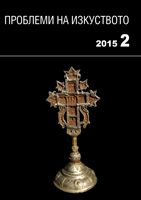
We kindly inform you that, as long as the subject affiliation of our 300.000+ articles is in progress, you might get unsufficient or no results on your third level or second level search. In this case, please broaden your search criteria.

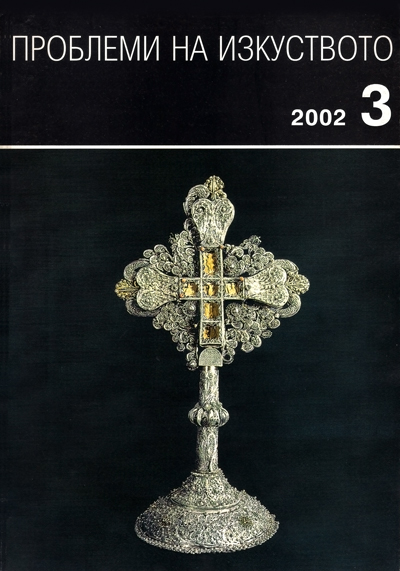

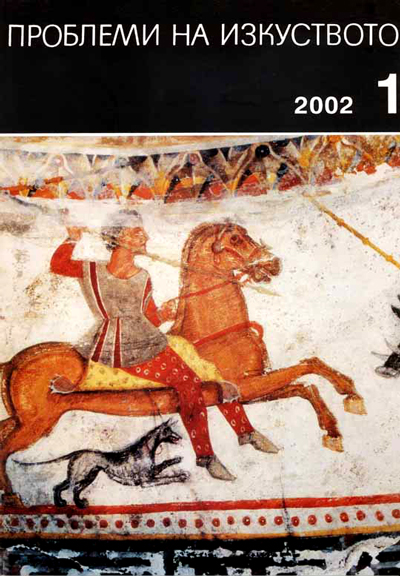

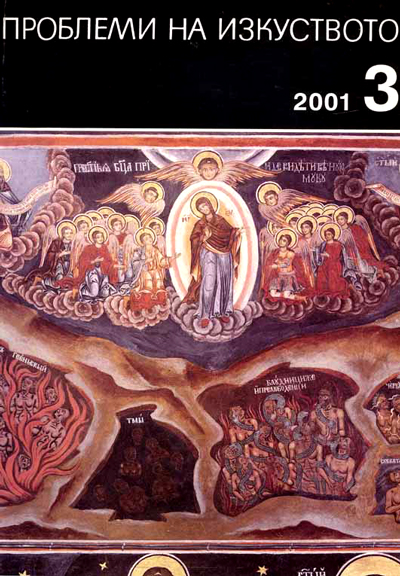



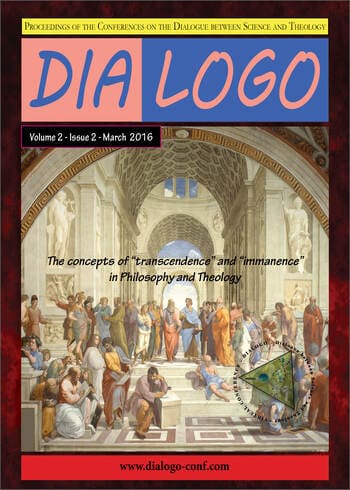
My assertion is that God’s biblical image may not reflect entirely His existence in itself as well as His revealed image. Even if God in Himself is both transcendent and immanent at the same time, and He is revealing accordingly in the history of humankind, still the image of God constructed in the writings of the Old Testament is merely the perspective made upon God by His followers to whom the He has revealed. That could be the reason why for centuries God’s biblical image seems to emphasize more His immanence, starting with Pentateuch, where God cohabites with Adam on Earth, then He reveals Himself to Abraham and Moses and so on. Somewhere, after the Babylonian exile, the image suffers slightly differences tilting towards God’s transcendence. In a path already created and grounded by Israel’s ancestors, even this new color of transcendence bears the nuances of immanence. How can this be possible? Let’s take a look on the revelation received by Abraham from God and see how this can fit the profile. Instead of the transcendence of God regarded by others in the differentness of Yahweh appointed by Abraham in his walking out of Mesopotamia, I will prove otherwise, that Abraham is on the contrary proving God’s immanency in this very differentness of His in relation with other gods by providence and omnipresence, indwelling His creation.
More...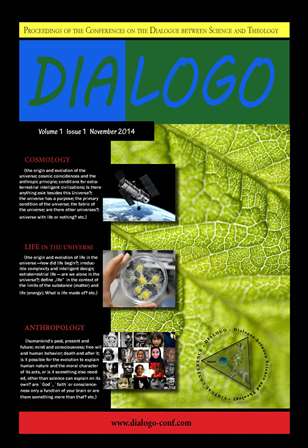
In this paper I will review the impact of the designation of Jorge Bergoglio as the Catholic Pope on the field of religious heterodoxies in Argentina. From a post-colonial approach, i will consider his designation within the historical relations between the State and the Catholic Church in South America and its capacity to organize one of the most hegemonic and constitutional socio symbolic frames in which religious practices and beliefs struggle for legitimation and negotiates their position on Argentina’s religious field. In this context the concept of religious pluralism, proposed by the social sciences, operates as a device that regulates and administrates religious diversity rather than protecting it.
More...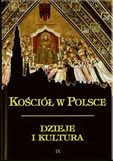
Catholic missions in the 18th century went through a period of crisis. The article focuses on missionary activity in French and British colonial North America and examines the modalities of its growth and decline. Political upheavals, especially the British conquest of French colonies and the American Revolution have had various consequences for the Catholic missions. In the rst case, the fall of New France, combined with the dissolution of the Jesuit order, resulted in the temporary discontinuation of missionary activity. On the other had the creation of the United States of America allowed the Catholics to develop their institutions and the diocesan structures. Selected contemporary descriptions of the missionary work and of the society in North America are examined in the second part of the article. They include a portion of Jesuit’s Lettres édi antes et curieuses and Raynal’s Histoire des deux Indes. The images of popular piety, which was promoted among the Indians, are confronted with some aspects of the secular re ection on new American society, typical of the age of Enlightenment. Such combination leads to a better assessment of the notion of the 18th-century crisis of missionary activity in North America.
More...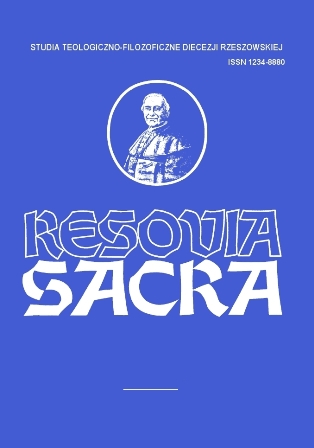
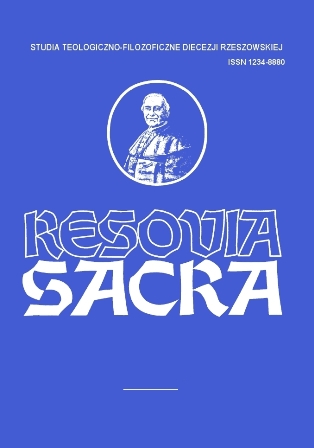
Christians consider Sunday to be a Holy Day. In order to understand the meaning and essence of Sunday which distinguish it from the other days of the week, it is necessary to look at the process of its development in the history of the Church. The origin of celebrating Sunday goes back to the creation of heaven and earth, after which, on the 7th day, God rested (Gen 2, 1-4). The day was blessed by God and made holy in order to differentiate it from the working days. As such, this day is a feast of the Creator and His creation. Historical basis for the celebration of Sunday can be found in the Old Testament, where it was called the Sabbath. On this day, the Jews commemorated the creation of the world, the exodus of Egypt and the covenant between Yahweh and Israel. Old Testament Israelites understood the significance celebrating Sabbath had for their keeping faith in one God, their identity and maintaining the community. New Testament sheds new light on Sabbath through the person of Jesus Christ, who rose from the dead “on the first day after the Sabbath”. Hence, Sunday – the first day of the week, marked first by the resurrection of Jesus and then by His Christophanies and the Pentecost – has constituted a central point in the life of Christians ever since the beginning of the Church.First mentions of celebrating Sunday as Lord’s Day come from the apostolic times. They can be found in the writings of st. Paul (1 Cor 16, 2) and in the Acts of the Apostles (20, 7-14). First Christians considered taking part in the Sunday Eucharist, called, among others, the ‘breaking of bread’, a moral obli- gation. Eucharist remained a distinctive symbol of celebrating Sunday also in the post-apostolic times. Early Christian writers and Fathers of the Church deepened the theological understanding and meaning of this day (e.g. „Didache”, st. Ignatius of Antioch, „The Epistle of Barnabas”, st. Justin, Origen, Tertullian, st. Ambrose, st. Augustine). First legal attempts to regulate celebrating Sunday come from the 4th century AD. A new chapter in the history of celebrating Sun- day in the life of the Christian community was started by the Edict of Milan, issued by the emperor Constantine in AD 313. It established Sunday as a national holiday. Ever since then, the law of the Church has included norms and regulations regarding the content and range of celebrating Sunday. The issue was raised during many ecumenical councils, but the first official bill regarding celebrating Sunday was included in the Code of Canon Law in 1917. The obligation to celebrate Sunday was also emphasized in the Code in 1983 and in the Catechism of the Catholic Church in 1992. ‘Dies Domini’ an apostolic letter promulgated by pope John Paul II in 1998 also played an important role in the shaping of our understanding of the theology of Sunday and of the basics of celebrating Sunday as the Lord’s Day, the Day of the Church and of the Man. In the 20 centuries of the history of the Church, celebrating Sunday shaped the spiritual culture of Europe and, as such, became a centuries-long cultural heritage of the Polish people. Attempts to abandon celebrating Sunday, not first in history, aim to undermine tradition and destroy family ties. In the 21st century, celebrating Sunday still remains a key element of Christian identity and culture.
More...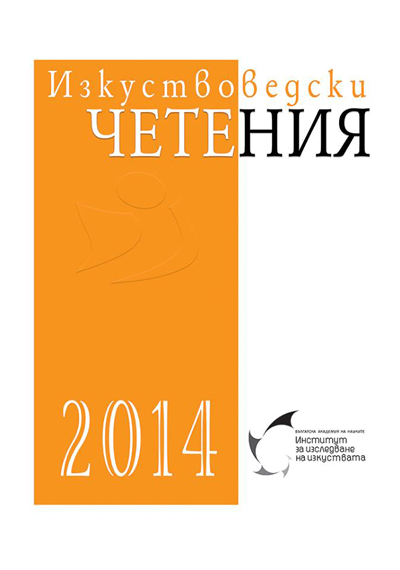
The Virgin’s protection as the main concept of Strophe 19 of the Akathistos Hymn demanded an appropriate visualization. Thus in some of the Akathistos cycles the illustration of this strophe was definitely influenced by the iconography of the Pokrov, which embodied the same idea. Actually, the specific representation of the Virgin holding a cloth (in several cases looking like an omophorion) in her arms had been borrowed. We will discuss how this variant of the illustration of Strophe 19 had emerged, when and where it was spread and why? The Virgin’s protection as the main concept of Strophe 19 of the Akathistos Hymn demanded an appropriate visualization. Thus in some of the Akathistos cycles the illustration of this strophe was definitely influenced by the iconography of the Pokrov, which embodied the same idea. Actually, the specific representation of the Virgin holding a cloth (in several cases looking like an omophorion) in her arms had been borrowed. We will discuss how this variant of the illustration of Strophe 19 had emerged, when and where it was spread and why?
More...
The Virgin iconography of Moldova Among refers to rare models of Holy Mother, which have direct tangency to Bessarabian art of the 18th and the 19th centuries. Aware of irretrievable losses during the Soviet times, when monasteries and churches were closed (1957–1961), and cult items were confiscated or destroyed, it is too difficult to assess the national medieval icon, because of this void left of masterpieces from different epochs. This is also true for the Virgin of Moldova icon, mentioned by the Russian researcher Evgeny Poselyanin in Holy Mother: Illustrated Description of Her Life and Wonderworking Icons (Moscow, 1914) and served as a model for Bessarabian painters during the medieval period. The Virgin of Moldova icon from the Monastery of St. Nicholas, Kherson eparchy (the early 19th c.) is a specific interpretation of the 12th-century Virgin iconography of the Monastery of St. Catherine in Sinai; The Mother of God Pelagonitissa fresco (1318) at the church of Staro Nagoričane or Playful Child (Evhaitskaia, 1345) iconography at Chilandari Monastery, Mt Athos; in The Mother of God Pelagonitissa from Dečani (14th century), and similar icons from Skopje (1422, artist Makarios), of Nikolo-Ugreshsky Monastery (18th century, Russia) and many more. The article seeks to show how this iconographic model for the respective icons had been formed and developed, but also their common and specific peculiarities.
More...
The activity of the icon-painters from the Mijak region grouped around Nestor Traikov (1840–1919) and his son Danail Nestorov (1870–?), who worked in the second half of the nineteenth century and the early twentieth century in Bulgaria’s central and north-western parts, is a typical example of collective work. Still unstudied, their murals at the Church of the Dormition of Theotokos (1894) in the town of Lom on the Danube reveals various aspects of the West- European styles and techniques of that age combined with local art practices. Along with the memory of the linear-decorative principle, no less attractive is the highly original manner in which these masters from the region of Debar, Macedonia interpreted academic expressiveness. Unburdened by the instructions of any art schooling, holding views of art that were a far cry from the international standards, they made use in a really creative way of everything offered by the past and the contemporary period, painting ingenious and powerfully expressive artworks of significance to Bulgaria’s history of culture.
More...
The paper deals with the church murals byMihalko Ivanov Golev and Dimiter Sirleshtov. Their murals at 11 Orthodox churches in Bulgaria’s southwest are given in a nutshell. Ten of the churches are in the region of Blagoevgrad in the Struma Valley and the elevenths is in the vicinities of Kyustendil. Most of the examined churches were listed as heritage sites of undeniable cultural significance. These churches were built and painted in the second half of the nineteenth century and the early twentieth century. That was a very complicated and multilayered time at the close of Bulgarian National Revival period with these western parts of Bulgaria still under the Ottomans to be liberated as late as 1912; an undoubted achievement both by the master builders and the icon-painters, joining forces to establish the Bulgarian identity and to revive the Orthodox traditions.
More...
The text deals with key compositions in mural ensembles at the Cathedrals of The Nativity of the Most Holy Mother of God (Veliko Tyrnovo) and of The Dormition of the Most Holy Mother of God (Plovdiv) in the light of the developments related to regaining the Patriarchal dignity of the Bulgarian Orthodox Church in the mid-twentieth century. The decade following the World War Two was a time, when Bulgaria’s political system was subject to the Soviet totalitarian model. With regard to the Church, it meant pursuing a restrictive policy. On the other hand, however, the authorities spared no efforts to restore the Bulgarian Patriarchate, an issue of both domestic and foreign policy dimensions to it. The murals of both churches were made in 1950–1952 by teams led by this country’s most eminent Bulgarian historical painters, Nikola Kozhuharov and Dimiter Gudjenov. The representational programme was consistent with the political conjuncture. It was implemented in the vein of European academicism, the conservatism of which was close to the aesthetical concept of the method of Socialist Realism. Such plots and scenes were accentuated that could be interpreted not from the vantage point of faith alone, but also in the light of the dominant ideology. These pictorial ensembles would more often than not compromise the principles defining the nature of the Orthodox monumental and decorative church painting.
More...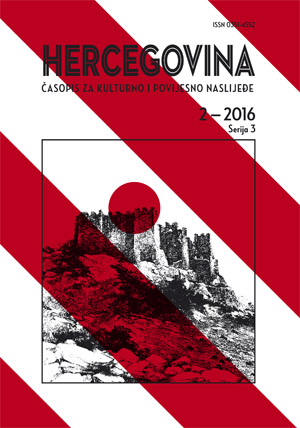
Election and nomination of bishops in the Catholic Church has always been a very complex and politically sensitive issue. With the occupation of Bosnia-Herzegovina in 1878 and the introduction of new legal, economic and administrative regulations, Austria-Hungary established new relations between the state and religious communities in Bosnia-Herzegovina. The Convention with the Ecumenical Patriarch of Constantinople of 28 March 1880 regulated the relations with the Orthodox Church in Bosnia-Herzegovina. After two years of very intensive negotiations between Vienna and the Holy See a similar solution was reached for the Catholic Church in Bosnia-Herzegovina. On 8 June 1881, the Convention between the Holy See and Austria-Hungary was signed in Rome, a document regulating the state-church relations in the Catholic Church in Bosnia-Herzegovina. In two other similar treaties, Austria-Hungary regulated the relations of the state with the Muslim and Jewish communities in Bosnia-Herzegovina. The Conventions between Austria-Hungary and the supreme representatives of religious communities in Bosnia-Herzegovina, as well as the contracts with other religious communities in different countries of the Monarchy, presented a kind of international agreement of political, legal and religious character and were an important feature of the legacy of the Austro-Hungarian Monarchy.The Convention between the Holy See and Austria-Hungary brought along many political and canonical changes in comparison to four-century long Ottoman occupation and strong Islamic oppression symbolized in the Ahdnama of Milodraz from 1463 as well as the rule of missionary canonical law, whi¬ch was in force in Bosnia-Herzegovina until 1878 or 1881. The privilege of appointing Catholic bishops obviously deserved a special place in the Convention. The privilege of election and nomination of bishops in Bosnia-Herzegovina, according to the spirit of the Convention of 8 June 1881, was courtesy of Pope Leo XIII to "His Majesty" Francis Joseph, Emperor of Austria and King of Croatia-Hungary: Il Santo Padre.... concede alla stessa Maestà Sua il privilegio di nomina dell'Arcivescovo e dei Vescovi nella Bosnia e nell'Erzegovina. This short paper presents the concrete rule of state law and canonical law in the process of the election and appointment of the first bishop in Herzegovina, Pascal Buconjic OFM. In his triple function of an Apostolic Vicar in Herzegovina, a Bishop of Mostar-Duvno and finally an Apostolic Administrator of Trebinje-Mrkan, which he held successively, the state-church character of the reception and the realization of the Convention in Herzegovina were most clearly manifested. Buconjic, pleno sensu, a church man and a monk, thanks to his reputation and skill, enjoyed the position of trust with the State Government (Landesregierung) in Sarajevo, the Common Ministry of Finance in Vienna and the Emperor himself. Consequently, Buconjic as a bishop realized almost all his plans with the Sta¬te, and the Austro-Hungarian Monarchy considered him as an excellent partner to promote its ecclesiastic and state plans with the Catholic Church in Herzegovina. The author does not discuss, on purpose, the human, spiritual, religious, sacerdotal, pastoral and Episcopal characteristics of Bishop Pascal Buconjic, especially not his relation to the diocesan clergy and is happy to leave this task to other observers and investigators. He focuses on the interesting and successful profile of a Herzegovinian Franciscan Buconjic, which very quickly sets him apart from the nostalgic times of Franciscan exclusivism, based on privileges of the Ahd-nama of Milodraz but maintains all privileges of the Holy See (monumenta, privilegia et iura specialia franciscana) and other privileges of the Padişah in Istanbul that laid the foundations for a new and stronger exclusivism of future Franciscanism in Herzegovina. It is a contradiction that the Convention between Holy See and Austria-Hungary, which had so greatly promoted the Franciscanism in Bosnia and Herzegovina, was so strongly denigrated by Franciscan historiography in this country.
More...